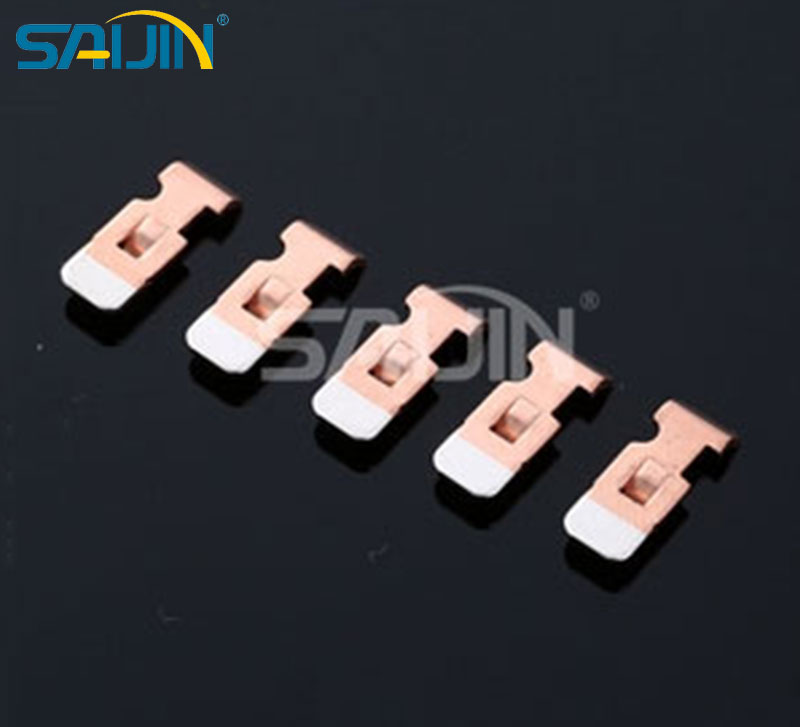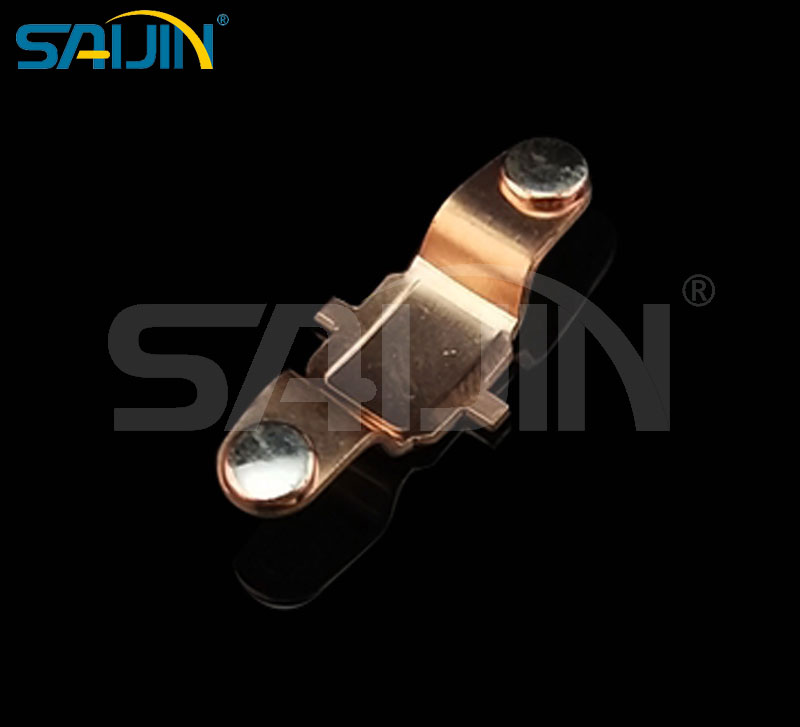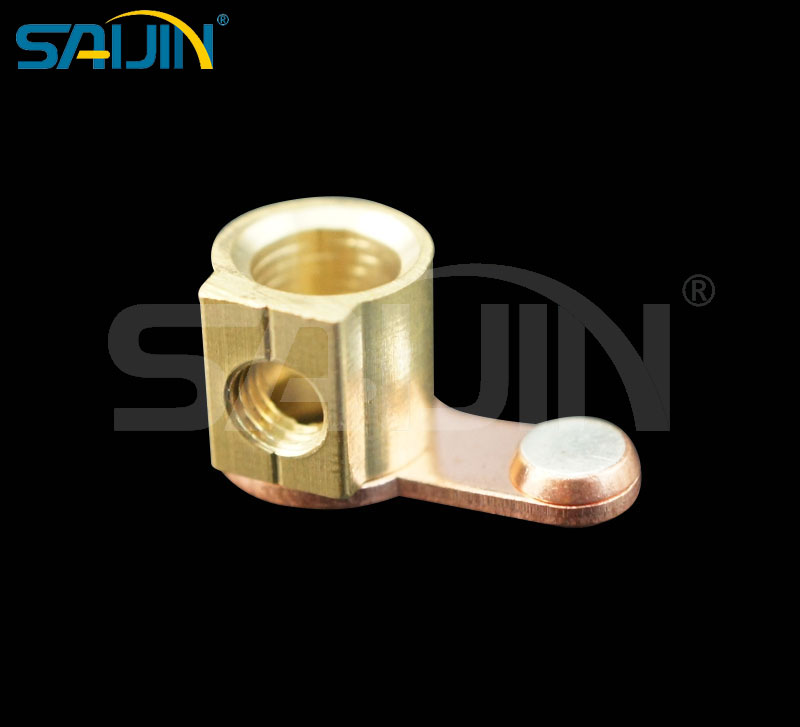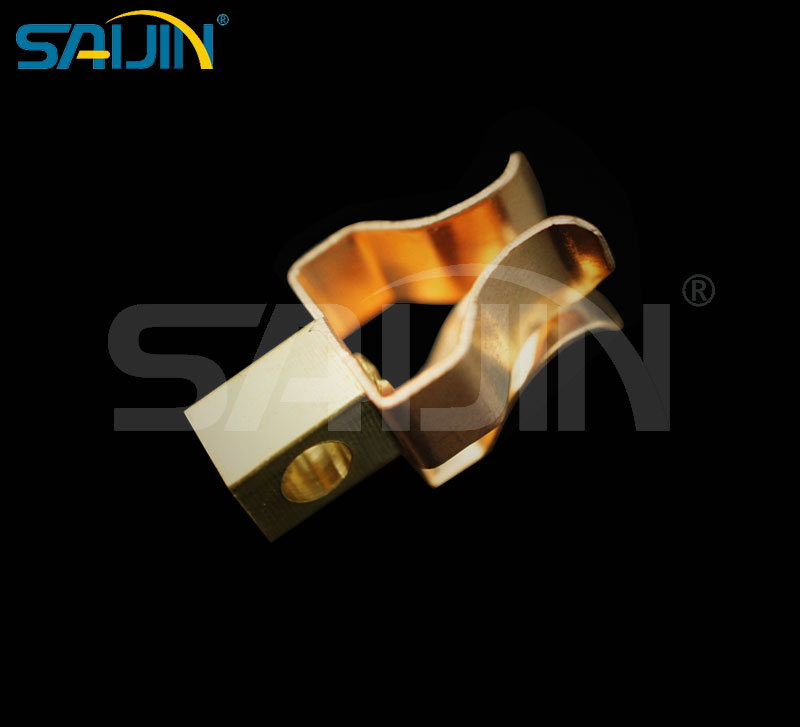Characteristics and uses of AgSnO2
Silver Tin Oxide (AgSnO₂) is a critical composite material widely used in electrical applications demanding high reliability, durability, and environmental compliance. It belongs to the class of silver-metal oxide (Ag-MeO) contact materials, developed primarily as a superior and environmentally friendly alternative to the historically dominant but toxic silver cadmium oxide (AgCdO). Understanding its characteristics reveals why it has become indispensable in modern electrical engineering.
Characteristics of AgSnO₂
AgSnO₂, a composite material composed of silver (Ag) and tin oxide (SnO₂), stands out as a premier electrocontact material in modern engineering. Its unique composition—typically ranging from 85% to 95% silver with tin oxide dispersions—endows it with a rare blend of properties that bridge electrical conductivity and durability:
1. Exceptional Electrical Performance:
AgSnO₂ combines silver’s superior conductivity (ensuring low contact resistance) with SnO₂’s arc resistance, making it highly resistant to welding and erosion during electrical switching. This stability is critical for maintaining reliable current transmission in high-load applications.
2. Mechanical Robustness and Wear Resistance:
The dispersion of SnO₂ particles in the silver matrix enhances the material’s hardness and wear resistance without compromising ductility. This allows AgSnO₂ to withstand millions of switching cycles in demanding environments.
3. Environmental Friendliness:
Unlike cadmium-containing alloys, AgSnO₂ is lead- and cadmium-free, aligning with global environmental standards (e.g., RoHS). This eco-friendly profile has driven its adoption in modern electronics.
4. Thermal Stability:
The material exhibits excellent heat dissipation and resistance to high-temperature degradation, making it suitable for applications where arcing generates significant heat.
From Electrical Contacts to Advanced Industrial Applications
Historically, AgSnO₂ emerged as a replacement for AgCdO in the late 20th century, driven by environmental regulations. Today, its applications span diverse industries, leveraging its unique properties:
1. Electrical and Electronic Systems:
AgSnO₂ Alloy Wires: These wires are crucial in precision connectors, relays, and microswitches, where their conductivity and resistance to corrosion ensure stable signal transmission. For example, in automotive relays that control engine functions, AgSnO₂ alloy wires maintain reliability across temperature fluctuations.
AgSnO₂ Welding Tip Electrical Contacts: Used in resistance welding equipment, these contacts endure high currents and mechanical stress, enabling consistent weld quality in manufacturing processes for automotive parts and electronics.
2. Automotive and Aerospace Sectors:
AgSnO₂ is integral to automotive electrical systems, including starter relays, power window switches, and hybrid vehicle battery management systems. In aerospace, its resistance to vacuum arcing and radiation makes it suitable for aircraft switchgear.
3. Industrial Machinery and Energy Systems:
In industrial control panels and high-voltage circuit breakers, AgSnO₂ contacts prevent failure due to arcing, ensuring uninterrupted operation. It also plays a role in renewable energy systems, such as wind turbine converters, where durability under variable loads is essential.
Future Outlook: Innovation for Next-Generation Technologies
Research into AgSnO₂ is focused on enhancing functionality and sustainability:
1. Nanostructured and Composite Improvements:
Nanoscale dispersion of SnO₂ or addition of rare earth elements (e.g., indium, zinc) aims to further improve arc resistance and reduce contact bounce in high-speed switching applications.
2. Smart Manufacturing and Recycling:
Advanced sintering and additive manufacturing techniques are being explored to optimize material density and reduce waste. Meanwhile, recycling technologies for spent AgSnO₂ contacts are being developed to recover silver and minimize environmental impact.
3. Emerging Applications in Electronics:
As electronics trend toward miniaturization and high power density, AgSnO₂ is being evaluated for use in next-generation power semiconductors and energy storage devices, such as solid-state batteries.
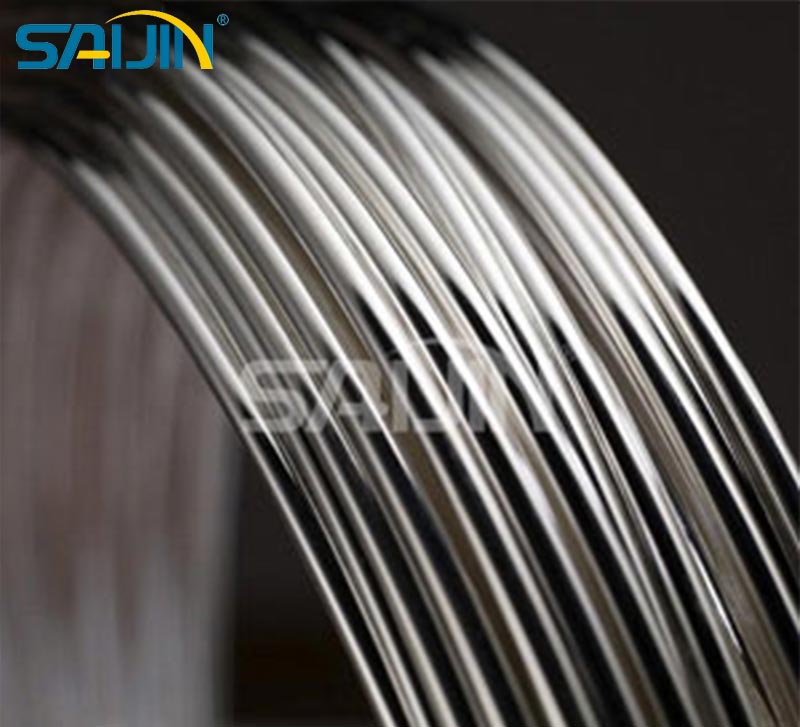
Conclusion
From its role as an eco-friendly alternative to traditional electrocontact materials to its current status as a cornerstone of reliable electrical systems, AgSnO₂ exemplifies the fusion of material science innovation and industrial practicality. Its evolution—driven by environmental needs, technological advancements, and performance demands—highlights its enduring relevance in sectors from automotive to aerospace. As industries continue to prioritize efficiency and sustainability, AgSnO₂ will remain at the forefront of electrocontact technology, shaping the future of reliable electrical connectivity.
FAQ
Q1. What is AgSnO₂ made of, and how does it differ from traditional electrocontact materials?
AgSnO₂ is a composite of silver (85–95%) and tin oxide (SnO₂) particles. Unlike traditional materials like AgCdO (which contains toxic cadmium), AgSnO₂ is cadmium-free, making it eco-friendly and compliant with regulations like RoHS. It also offers better arc resistance and wear durability, outperforming AgCdO in high-load switching applications.
Q2. What are the key advantages of AgSnO₂ in electrical contacts?
High conductivity: Silver ensures low contact resistance for stable current flow.
Arc and erosion resistance: SnO₂ particles suppress arcing and reduce material loss during switching.
Mechanical strength: The composite structure enhances hardness and wear resistance for long service life.
Environmental safety: Lead- and cadmium-free, suitable for green electronics.
Q3. How are AgSnO₂ Alloy Wires used in practical applications?
AgSnO₂ alloy wires are critical in precision electrical components, such as:
Relays and microswitches: Ensuring reliable signal transmission in automotive systems (e.g., starter relays, power windows).
Connectors: Providing corrosion resistance and conductivity in high-reliability electronics.
Medical devices: Used in switches requiring biocompatibility and low electrical noise.

